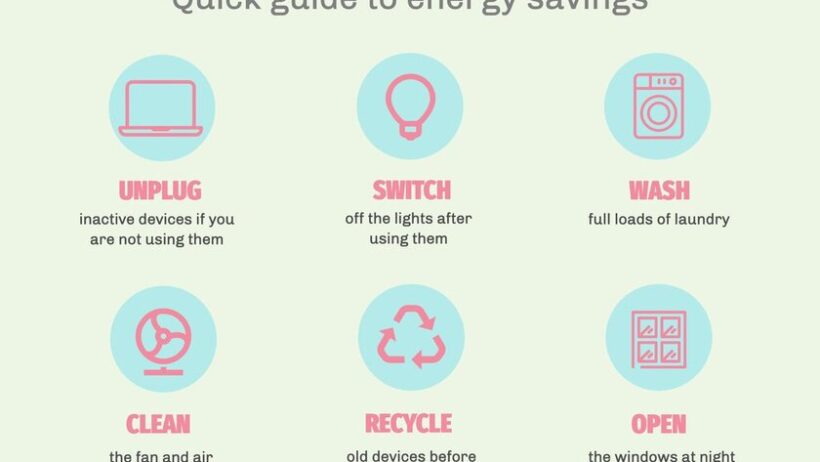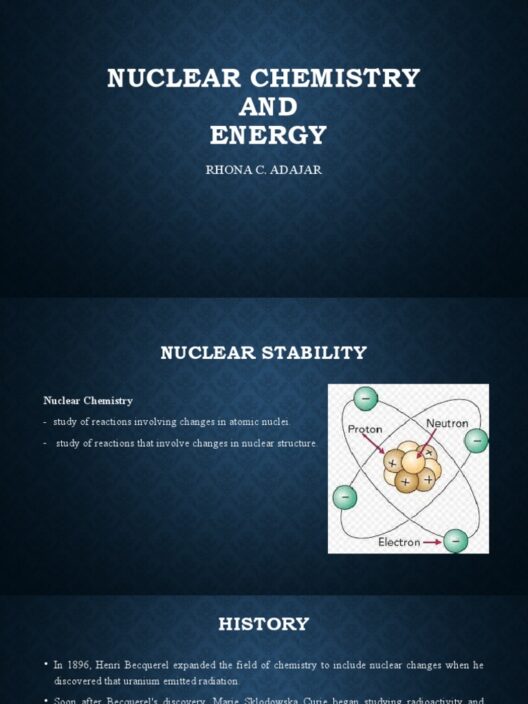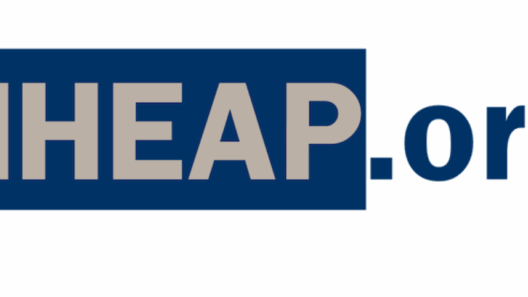The world of energy conservation resembles an elaborate tapestry, weaving together threads of innovation, efficiency, and resourcefulness. As we navigate this intricate design, we find ourselves equipped with an array of tools and software that enable us to simulate energy conservation practices. These digital instruments serve as both compass and map, guiding our understanding and implementation of energy-saving measures while illuminating the path toward a sustainable future.
To embark on this journey, one might liken energy modeling software to a digital architect, allowing us to examine blueprints of energy consumption and generation. Various types of software exist, each tailored to different applications, from building design and manufacturing to urban planning and industrial processes. In this ever-evolving landscape, choosing the right tool is paramount.
The first key player in this arena is energy simulation software designed for buildings. Programs like EnergyPlus, eQUEST, and RETScreen stand at the forefront. These platforms enable users to create detailed energy models of buildings, analyzing various parameters such as HVAC systems, insulation levels, and occupancy patterns. EnergyPlus, for instance, operates on a graphical user interface, providing a detailed simulation environment that captures the minute intricacies of energy flows. As an architect of energy use, the user can input variables, simulating the potential energy savings from renewable technologies or improved insulation, akin to painting a vivid picture of an energy-efficient future.
eQUEST is another robust option that offers a simpler learning curve while still delivering comprehensive energy analysis capabilities. Users can generate energy usage profiles and analyze costs, enhancing their decisions regarding energy-efficient upgrades. Additionally, its detailed graphical output allows the visualization of energy savings, akin to unveiling a treasure map leading to reduced energy costs and lower carbon emissions.
For those in the realm of renewable energy, tools like HOMER and SAM become indispensable allies. HOMER (Hybrid Optimization of Multiple Energy Resources) excels at modeling complex energy systems utilizing various elements such as solar panels, wind turbines, and energy storage systems. Users can optimize the design and operational strategies for hybrid projects, striking a balance between energy supply and demand. The tool acts like a skilled conductor, orchestrating the optimal combination of resources to create a harmonious energy system. Meanwhile, SAM (System Advisor Model) provides cost and performance modeling, ensuring that renewable projects are feasible and sustainable in the long run, akin to forging a steadfast bridge to a renewable energy future.
Venturing beyond software tailored for energy modeling, project management tools also play a crucial role in simulating conservation efforts. Programs such as Microsoft Project and Trello help manage initiatives aimed at reducing energy consumption. By creating timelines, assigning tasks, and tracking progress, these platforms facilitate collaboration and accountability among team members. As with a well-coordinated orchestra, proper management of energy conservation projects maximizes efficiency and effectiveness in achieving sustainability goals.
When it comes to analyzing individual component performance, energy monitoring tools come into play. Products like Sense and EnergyHub allow users to track and analyze real-time energy usage in their homes or businesses. These applications serve as vigilant stewards, providing insights that empower users to adjust their habits and reduce unnecessary consumption. By illuminating energy consumption patterns, they enable users to grasp the intricate dance of energy use, leading to informed decisions and enhanced awareness.
Another significant metaphor in this discourse is the parallel drawn with ecosystem simulations. Software such as MATLAB and Simulink enables engineers and researchers to analyze the interactions within energy systems at a macro level. These platforms support simulations that model energy resources, consumption, and emissions, emulating how various interconnected components function as a vital ecosystem. Gone are the days of isolated approaches; understanding energy dynamics holistically fosters innovation and comprehensive solutions for energy conservation.
For engineers, integrating their designs with energy-efficient solutions can be facilitated by software like Autodesk Revit and SketchUp. These platforms allow architects and engineers to incorporate energy modeling directly into the design process, ensuring that buildings are not only aesthetically pleasing but also eco-friendly. By visualizing energy impacts early in development, designers can explore myriad pathways to conservation before the first brick is laid. It is as though the architect of resilience lays a foundation where every structural decision echoes sustainability.
In addition, educational tools like OpenStudio and Green Building Studio enable users to learn about energy efficiency principles and best practices. OpenStudio, for instance, serves as an extension of EnergyPlus, making it more accessible to newcomers. By employing visualization techniques and feedback, these platforms elucidate the benefits of conservation strategies through simulated models, thereby fostering a culture of sustainability.
Ultimately, the road to energy conservation is paved with the discoveries made through simulation. The tools mentioned in this discourse serve not only as instruments for measurement but as catalysts for change. They empower individuals and organizations to understand their energy profiles, simulate various conservation strategies, and analyze the resulting impacts on their environment and finances.
To wrap up this exploration, simulations of energy conservation directly engage us in the ongoing battle against climate change. By designing our tools and methodologies with precision and intent, we can ensure their effectiveness in mitigating our ecological footprint. The digital landscape remains ever-expanding; while our insights deepen, our actions must follow suit. Let technology guide us in crafting a narrative of energy preservation and transition into a sustainable future.








